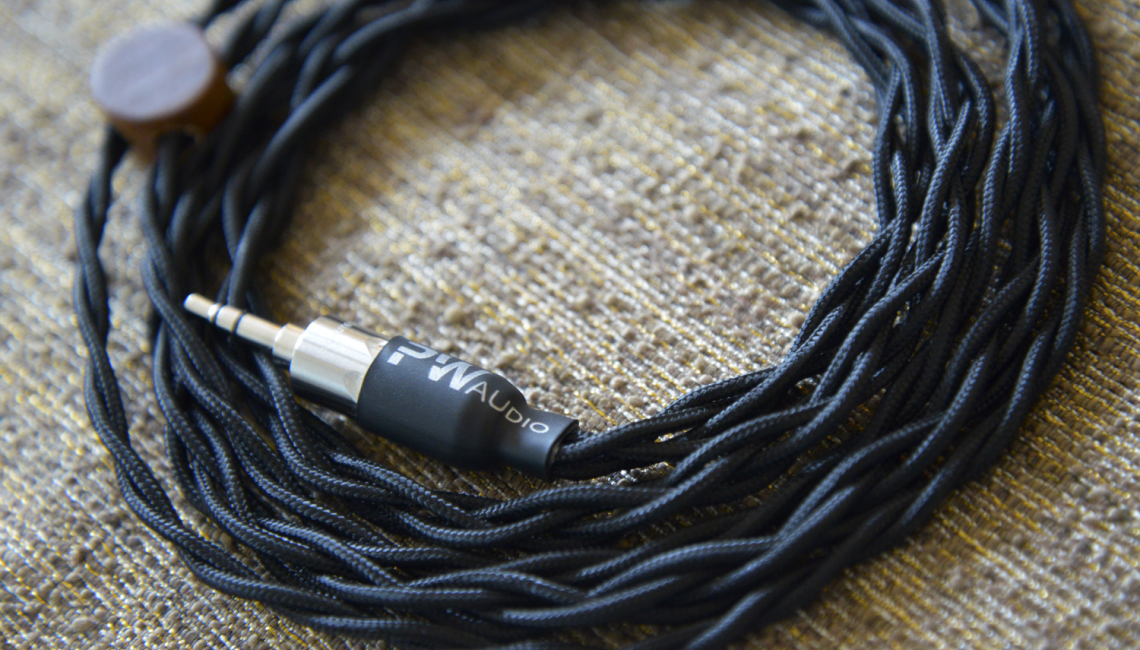
Presentation
Due to a moderately enhanced mid-bass and attenuated upper treble, the 1960 2-wire creates a warm tonality with a very black background. The 2-wire creates a slightly wider stage, with average depth. The stage positioning is slightly forward, and the combination with a warmer tone results in a great sense of intimacy. Due to the warmer bass and treble tuning the 2-wire creates a particularly smooth sound, conveying an organic feel due to the warmer tone throughout the midrange. While the general atmosphere of the stage can be considered dark, the 2-wire cable performs well in separation: notes are clearly articulated due to its upper midrange clarity, as well as highly resolved.The warmer tone aids in creating a more natural tone with iems that are either neutral, or have a tendency towards a brighter treble such as the S-EM9 or NT6pro. With iems that already have a warmer midrange such as Zeus or the Prelude, the warmth of the tone might become a bit more dominant, which doesn’t exclude it from still sounding good. Rather, it results in a more emotional, ‘romantic’ sound, although it drifts somewhat from neutral.
Bass
Due to an enhanced bass presentation, the 1960 2-wire creates a warm and full-bodied low end. The sub-bass extension is deep, and the quantity of sub- and mid-bass adds a nice bit of impact to the bass, resulting in a relatively powerful and dynamic low end. There’s good body to the bass, without sounding overly full. Due to the linearity between the sub- and mid-bass, the tone of the bass itself is warm, and very natural. It’s a textured, instrumental bass. A rounded bass, rich in both mid- and upper-bass presence, rather than cutting off upper bass to create the appearance of a more spacious stage.In addition, the rich bass fills the lower midrange, creating a warmer vocal presentation. Accordingly, it creates a warmer stage structure with moderate airiness, though not to the extent that it easily tends towards congestion. The mid-bass position is not too forward, but due to its enhanced quantity it might tighten the stage in bass heavy tracks. While the location of the sub-bass is not particularly deep, it uses a relatively large diameter for its hits.
Midrange
In line with its bass presentation, the 2-wire’s midrange is warm in tone, with a slightly forward vocal presentation. Overall, notes have a slightly thicker note structure, although the 2-wire doesn’t add an additional amount of density to midrange notes or vocals. Cables as the plusSound Gold-Plated Copper or especially SilverFi IEM-R2 add a bit more body to the lower and center midrange, creating a more forward midrange. The 2-wire on the other hand creates its warmer tone by increasing the bass and attenuating the treble, while keeping the midrange relatively linear. However, the 2-wire trades a bit of transparency in its lower and center midrange for its smoother sound.Overall, the midrange is smooth, with a fairly accurate and natural tone. While high-end cables often add a bit of brightness to create more clarity and detail, the 1960 remains true to the tone, although it isn’t as upfront in its detail presentation. In contrast to the lower frequencies, the upper midrange is quite transparent and clear sounding, despite the generally warmer tone. There is a little extra energy here, which boosts the overall clarity of the sound. Overall the signature can be considered very smooth, although a prominent upper midrange tuning might get amplified with iems that are sensitive to this area, like the Jomo Samba or Rhapsodio Galaxy.
Treble
The 1960’s treble response is slightly attenuated, and warmer in tone in due to the warmer stage structure. Accordingly, the treble has a fairly natural tone. Especially the upper treble is laidback, creating a smooth sound with a moderate amount of sparkle. However, while the upper treble region might be laidback in quantity, its extension is good. Despite the attenuated treble presentation, the treble maintains a high level of detail due to its precise definition, as well as being smooth enough to be considered non-fatiguing even with brighter iems.The 4-wire retains the black background and slightly forward stage positioning with thicker notes of the 2-wire, resulting from the impactful, deep bass. Similarly, the enhanced bass creates a warmer stage structure, although the 4-wire counters this more effectively due to a relatively more prominent treble. The lifted treble response results in greater clarity and sparkle, as well as a less warm midrange tone compared to the 2-wire. However, as the 2-wire’s treble is relatively less prominent, it is a bit smoother for sensitive listeners. Importantly, moving from 4 to 8 conductors increases its treble extension, and accordingly, its midrange transparency and resolution. An educated guess would be that doubling the wires affects the cable’s impedance and/or conductivity, opening up the higher frequencies. The result is a similar ‘unveiling’ effect you get when moving from a stock cable up to a quality silver cable.
The 4-wire shakes off a bit of the 2-wire’s organic, smooth sound, replacing it with a highly detailed and vivid presentation, due to greater clarity in the articulation of notes. The 4-wire sounds remarkably clear and exciting throughout the midrange, despite its darker atmosphere. There’s great beauty to behold in the contrast of the highly transparent notes, set against the very black background – like watching a starry sky on a pitch black night. The 2-wire’s upper midrange sounds fairly detailed and transparent, but especially the transparency of the lower spectrum of the midrange falls behind when directly compared to the 4-wire.
The 2-wire’s stage is slightly wider, but the 4-wire’s is deeper. In line with the improved extension, the 4-wire creates more clean space around vocals, replacing the warmer air of the 2-wire. In addition, the improved resolution results in a highly defined sound. The 2-wires’s resolution was already good, but the 4-wires greater transparency and higher resolution results in a clearer picture. And due to its more prominent treble, the 4-wire not only has more sparkle, the overall clarity of the signature is significantly boosted, resulting in a more energetic presentation. Accordingly, the separation benefits from its combination of a deeper stage with greater clarity. And taking the more prominent treble and greater transparency in account, the 4-wire is significantly more upfront in its detail presentation.
The 2-wire’s warmer midrange might be considered smoother, but it has the tendency to sound muffled in a direct comparison, even though its performance is nevertheless good within its price tier. The 4-wire on the other hand has that same special ability as SilverFi’s IEM-R4 cable to uncover finer detail you didn’t realise you were missing before. Which is especially remarkable considering its warmer bass response, which often has an intuitive tendency to dampen micro-details.
--------------- Click here for detailed post ---------------


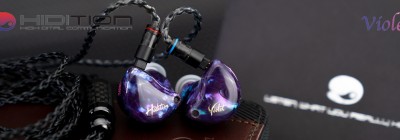



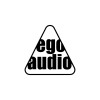





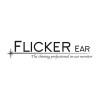
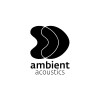


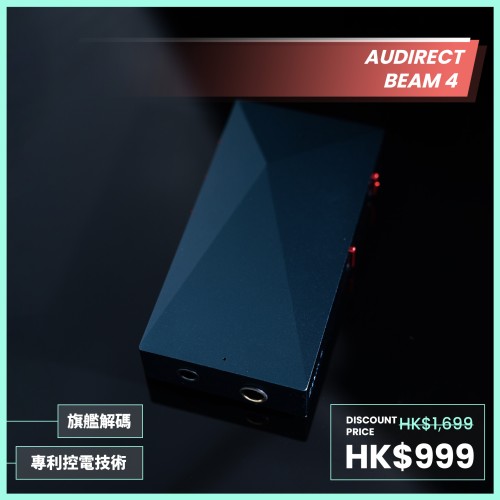
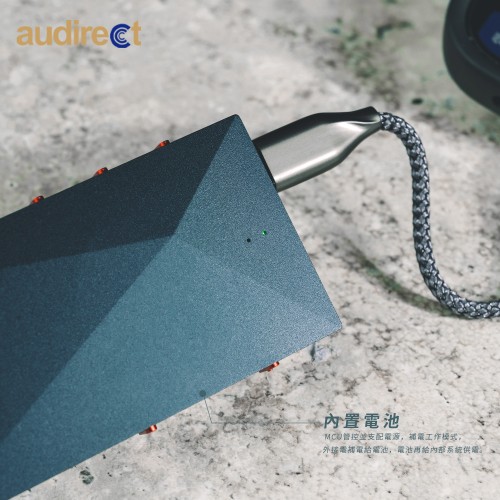
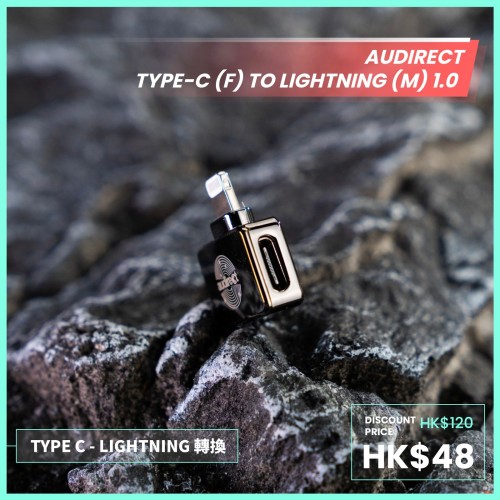
-500x500w.jpeg)




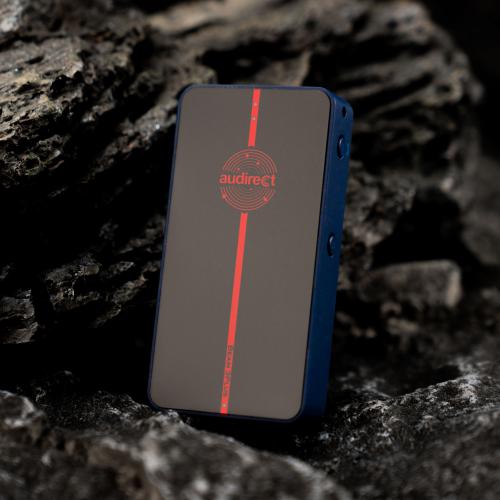
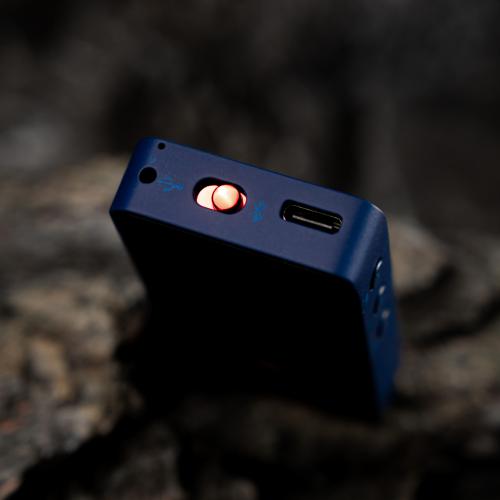

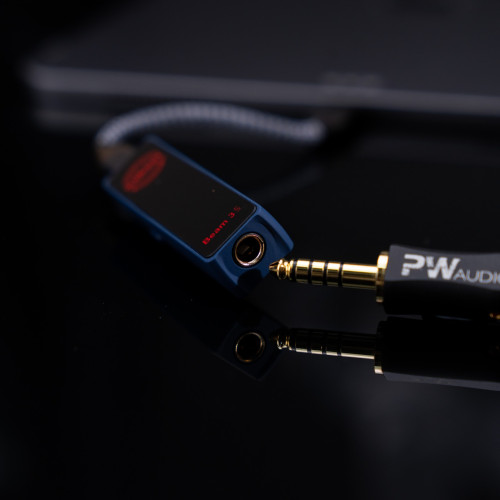




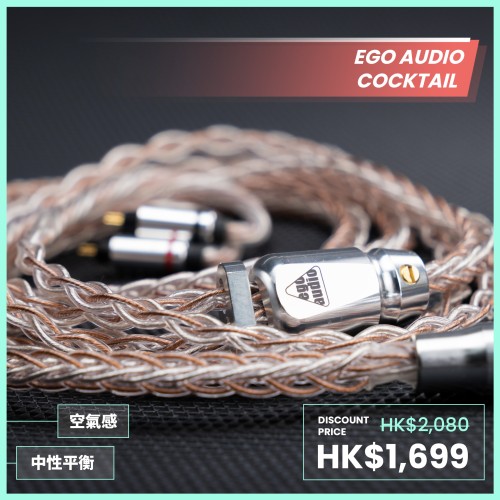



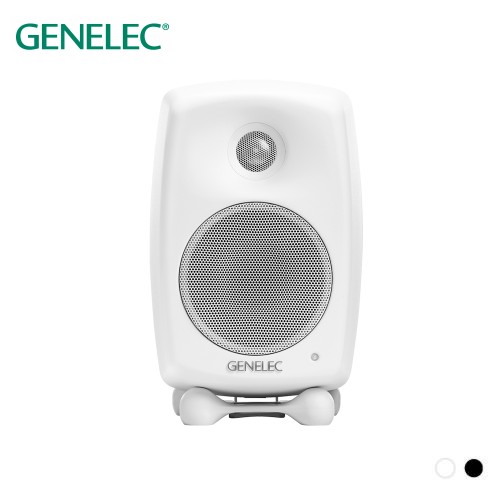
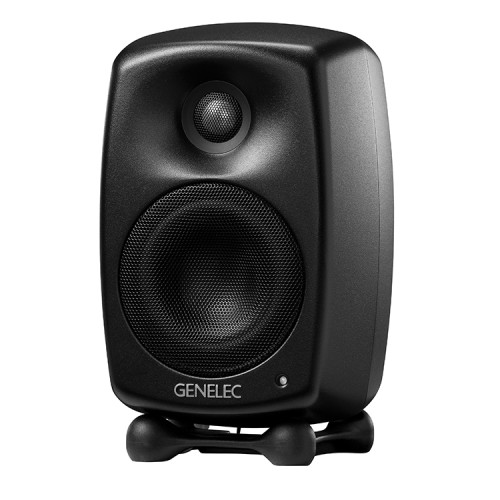
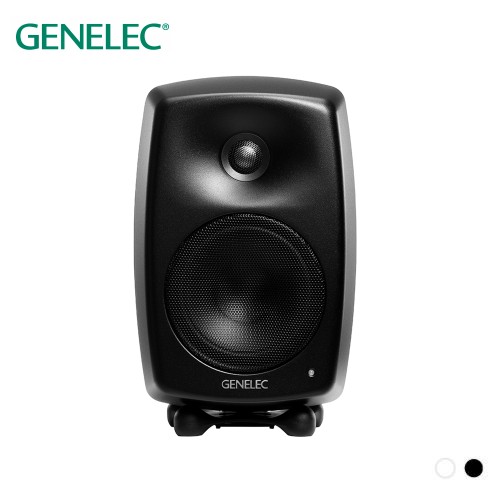
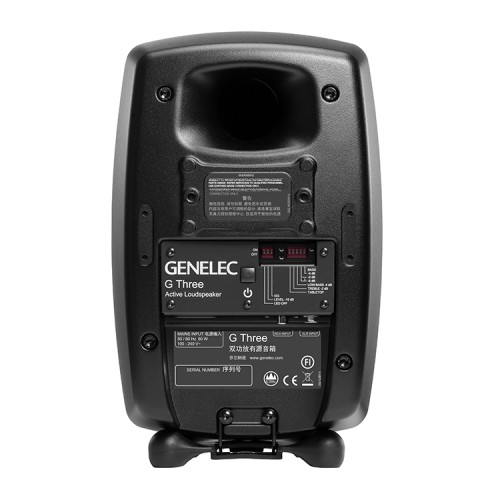
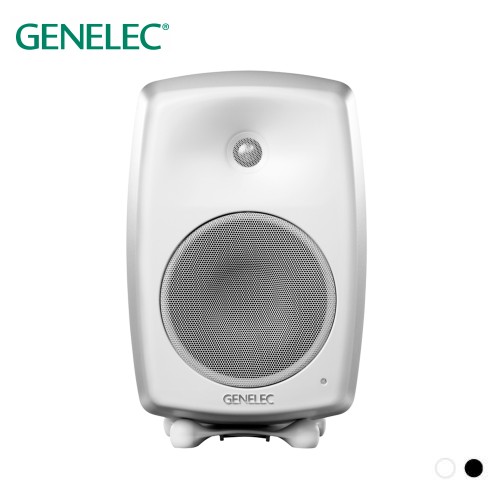
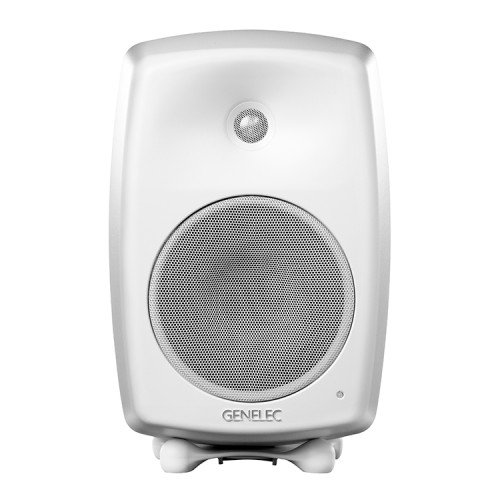
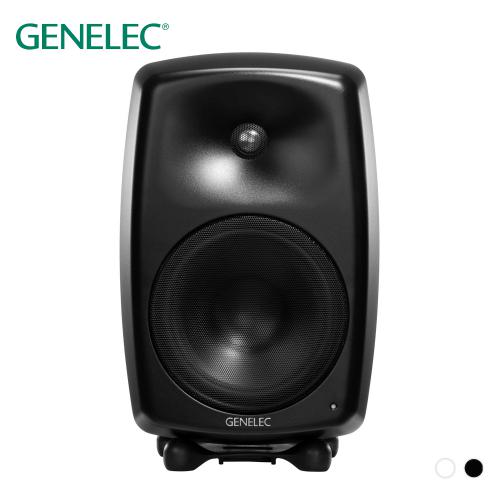
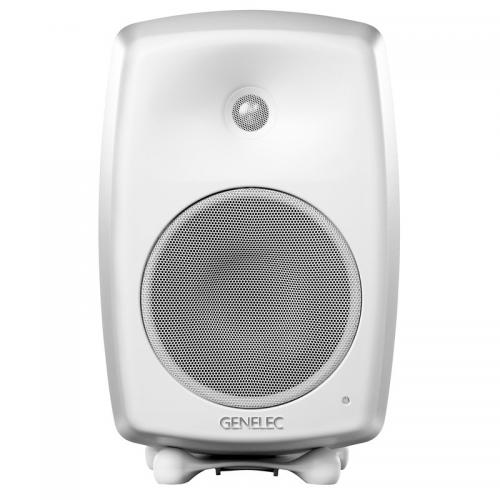
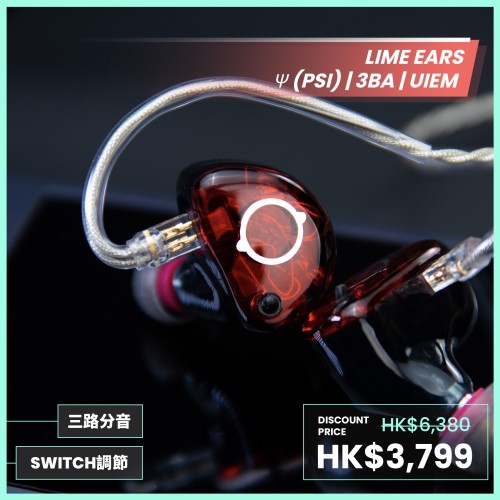


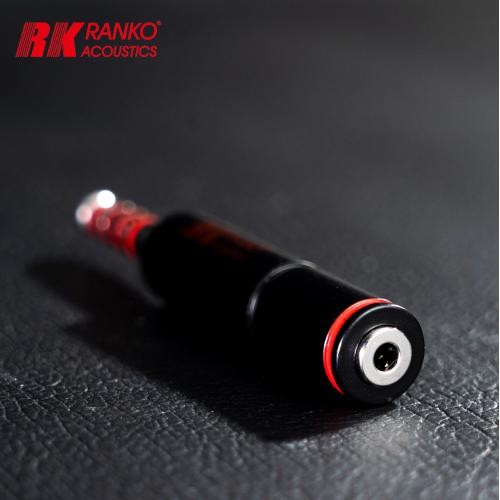

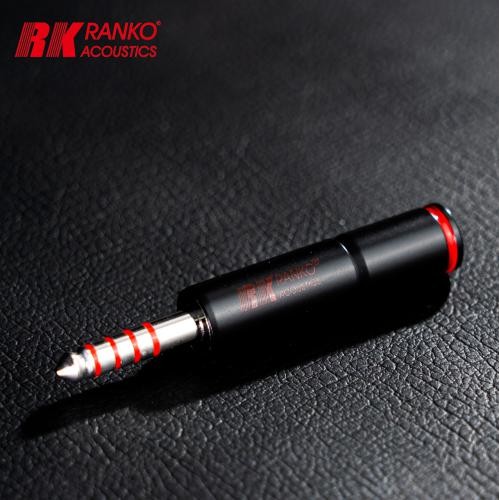

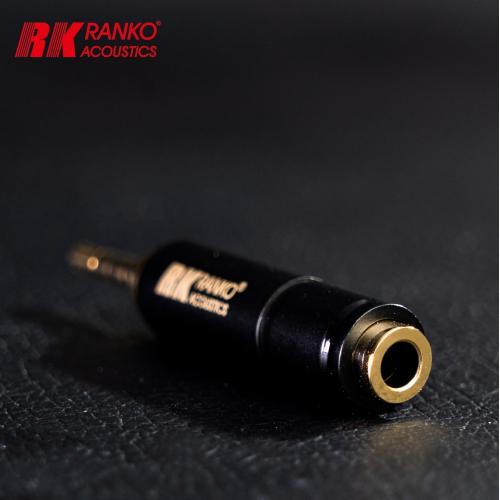
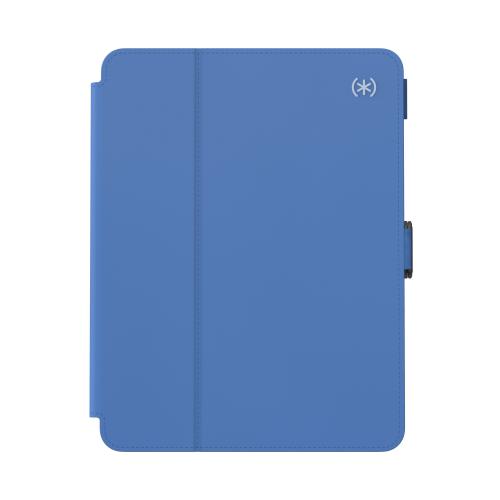



Leave a Comment